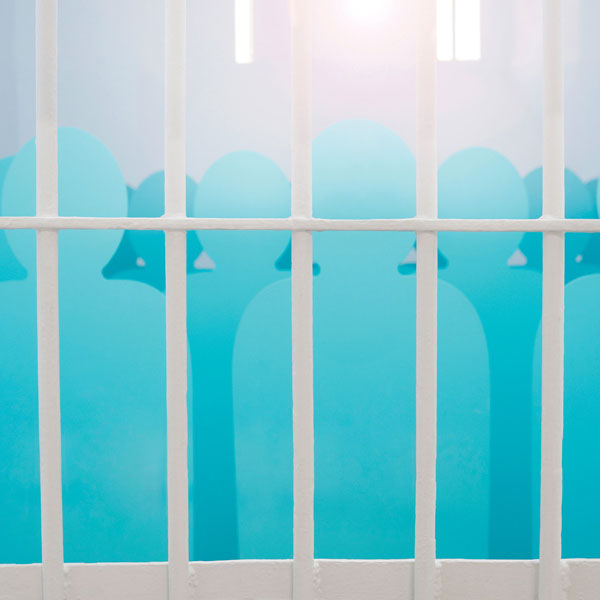Locked Out?
County must fix jails, or court takes over
By Howard Schmidt
January 2023
Sacramento County’s jail system is in trouble with the federal court. The Board of Supervisors is trying to figure out what to do.
In 2020, the county settled a lawsuit obligating it to remedy unconstitutional jail conditions. Among the required improvements are better mental health services and medical care, suicide prevention, out-of-cell time and compliance with the Americans with Disabilities Act.
The court monitors progress with inspections every six months. Each report has found the county not in compliance due to staffing challenges and physical facility limitations.

The big challenge is the Downtown Main Jail, built in 1989 for 1,250 inmates and later increased to 2,380. It needs a major overhaul. Maybe even a new building.
The other facility is the Rio Cosumnes Correctional Center in Elk Grove. In early 1960s, it was converted from a former Air Force base. Capacity is 1,625. Like the Main Jail, the Elk Grove site, called R Triple C, has deficiencies.
The problems go beyond remodeling and upgrades. County consultants say the Main Jail must reduce by 1,000 inmates to comply with the court. Failure to deal with overcrowding and services could bring federal receivership. If that happens, the county loses control over its jails.
Social justice advocates such as Decarcerate Sacramento want to shift jail funds toward “community-based systems of care.” The group says many inmates suffer mental illness.
Sheriff Jim Cooper doesn’t agree. He told the Board of Supervisors, “You can’t lock people in jail unless there’s a crime,” refuting the narrative that inmates are there because of their mental condition.
District Attorney Thien Ho points out more than 86 percent of county inmates were arrested and charged with felonies or are serving felony sentences. Only 4.5 percent represent misdemeanors.
Cooper adds the challenges have been made worse by Assembly Bill 109, the 2011 legislation that shifted state prisoners to county jails to relieve state prison overcrowding.
“Counties are taking it in the shorts” he said.
County jails are designed for short-term custody, a year at most. Nor are jails designed for diseases such as COVID. These facts inform the recommendation to make capital improvements at the jails, which social justice activists oppose.
Ho believes there must be a balance, including the need to “build a state of art facility” and incarceration alternatives.
The county has a plan to reduce jail admissions and cut lengths of stays. The strategy includes crisis response programs that keep people out of jail when they have mental health needs. Other ideas involve expanding release of low-risk detainees, custody alternatives for low-risk inmates and mental health treatment courts.
The plan could reduce average daily jail populations by more than 500.
The Board of Supervisors agreed to continue with alternatives to incarceration. The decision on capital improvements was more contentious.
Capital improvements were approved 3-2, with supervisors Phil Serna and Don Nottoli opposing plans to modify and enlarge the Main Jail.
Serna felt support for jail enhancements was the result of “fear mongering.”
Supervisor Rich Desmond said avoiding capital improvements would increase the possibility of federal receivership.
“We shoulder this burden or the burden is shouldered on us,” Desmond said.
This spring, the board will get cost estimates and timelines. Failure to act could trigger court receivership and the possibility of large-scale inmate releases.
Howard Schmidt worked on federal, state and local levels of government, including 16 years for Sacramento County. He can be reached at howardschmidt218@aol.com. Follow us on Facebook, Twitter and Instagram: @insidesacramento.















